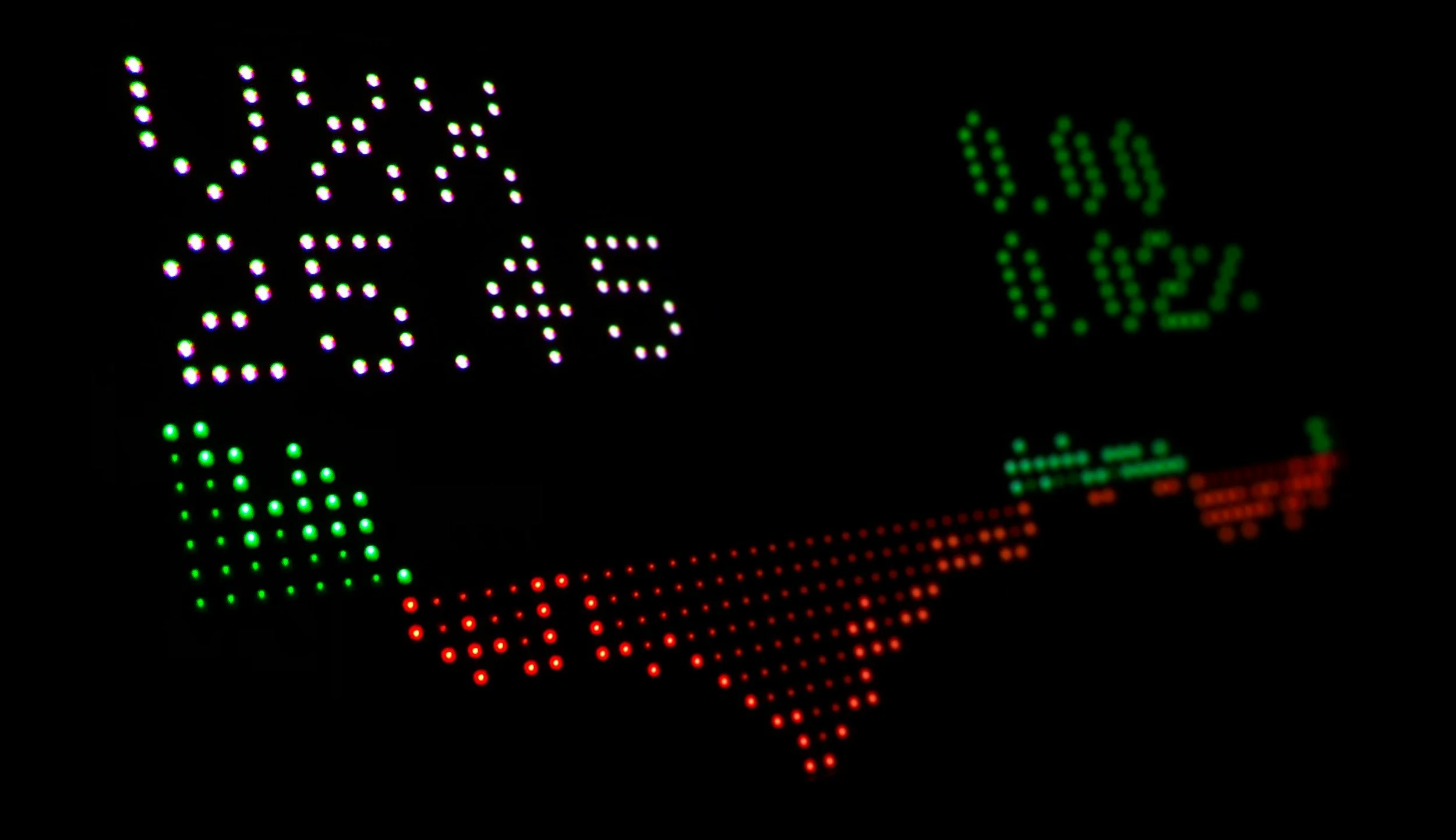Global and Luxembourgish News 05.-19. October 2025
Week 40-42: Global markets faced renewed volatility this fortnight as credit jitters re-emerged in U.S. banks, oil prices softened, and investor enthusiasm for ETFs drew cautionary headlines. Meanwhile, Luxembourg advanced its sustainable-finance credentials and adjusted its sovereign investment strategy to navigate a shifting global environment.
Luxembourgish News
Luxembourg’s Sovereign Fund Bets on Private Markets
Picture: Stock Library
Luxembourg’s sovereign investment fund announced a strategic reallocation of €112 million — about 14 percent of its portfolio — into private-market assets. The new capital will target technology ventures, infrastructure, and affordable-housing projects both domestically and across the EU. Officials said the move reflects a long-term commitment to sustainable growth and diversification beyond public equities and bonds. Globally, sovereign wealth funds have increased private-market allocations as traditional yields remain modest and inflation adjustments lag. While private assets often deliver higher risk-adjusted returns, they come with liquidity constraints and valuation opacity that require sophisticated oversight. Luxembourg’s entry into this segment strengthens its financial-centre reputation for innovation and fund-management expertise. Economists note that this policy could also deepen local capital markets and attract international co-investors. The reallocation aligns with broader European efforts to channel institutional capital toward productive investment and digital transformation.
Statistic Snapshot:
Private-market assets exceeded $13 trillion globally in 2025 (Preqin), nearly double the level of 2018. Private equity, infrastructure, and real estate now represent over 20 % of institutional portfolios worldwide.
Source: Luxembourg Times
Sustainable Finance Strengthens Luxembourg’s Role
Picture: Stock Library
Luxembourg reinforced its standing as Europe’s premier hub for sustainable finance during an industry forum that gathered leading asset managers, regulators, and policymakers. The event underscored that environmental, social, and governance (ESG) integration has evolved from marketing rhetoric into core financial practice. The Grand Duchy’s framework for green-bond listings, ESG fund labels, and disclosure standards continues to attract international issuers. According to the Luxembourg Stock Exchange, green-bond volumes listed in 2025 rose by 18 % year on year. Experts emphasised that transparency and rigorous impact measurement remain vital to avoid reputational risks associated with “greenwashing.” Institutional investors also discussed how carbon-pricing mechanisms and taxonomy updates could reshape allocation models. For Luxembourg’s financial-services sector, the shift toward sustainability not only enhances its competitiveness but positions it as a facilitator of Europe’s broader energy transition. The government signalled ongoing support for research into blended-finance structures combining public and private capital.
Definition: What Are Green Bonds?
Green bonds are fixed-income instruments whose proceeds are dedicated to environmental projects such as renewable energy, energy-efficient housing, or sustainable transport. They enable governments and companies to finance climate goals while giving investors traceable impact metrics. Issuance has grown from $80 billion in 2016 to over $600 billion in 2025 worldwide.
Source: Luxembourg Times
Global News
Bank Stocks Slide on U.S. Credit Risk Fears
Picture: Stock Library
Global financial stocks retreated sharply after renewed weakness in U.S. regional banks reignited anxiety about credit quality and liquidity. Quarterly disclosures from several lenders revealed rising loan-loss provisions tied to commercial real estate and small-business lending. Investors reacted by cutting exposure to financials, pushing European and Asian bank shares lower and boosting demand for government bonds. Analysts note that while regulatory buffers are stronger than during the 2023 turmoil, market confidence remains fragile. Central banks face the challenge of balancing inflation control with financial stability, as tighter conditions amplify stress on vulnerable institutions. Credit-default-swap spreads widened modestly, signalling persistent caution. The episode also revived debate over whether current capital ratios truly capture embedded risks in the shadow-banking sector. While no systemic contagion has emerged, analysts warn that the sector’s slow bleed could dampen credit supply well into 2026.
Definition: What Is Credit Risk?
Credit risk is the probability that a borrower will default on repayment obligations, leading to potential loss for the lender. It is a core driver of bank capital requirements and is often measured through metrics such as expected loss, default probability, and loan-loss reserves. In periods of tightening monetary policy, credit risk typically rises as debt-service costs increase and asset values decline.
Source: Reuters
IEA Sees Oil Supply Surplus Pressuring Prices
Picture: Stock Library
The International Energy Agency projected that global oil production will exceed demand through at least 2026, setting the stage for a prolonged period of lower prices. The forecast followed OPEC+ moves to gradually unwind earlier production cuts, with Saudi Arabia and the United Arab Emirates leading capacity expansions. Non-OPEC producers, including the United States, Brazil, and Guyana, are also expected to add meaningful supply. Brent crude slipped below $62 a barrel this week — its weakest level since 2024 — as traders digested the data. The IEA expects demand growth to decelerate to its slowest pace in two decades due to efficiency gains and rapid electric-vehicle adoption. For oil exporters, the combination of soft prices and energy-transition investment costs could strain fiscal balances. Conversely, energy importers may benefit through lower inflation and reduced current-account pressures. Analysts believe the next OPEC+ meeting in November will test whether producers can coordinate effectively in a changing market.
Statistical Insight:
Global oil demand growth has slowed to 0.7 million barrels per day in 2025, down from 2.3 million in 2023 (IEA). This deceleration reflects a structural shift as transportation electrifies and industrial energy intensity declines..
Source: Reuters
ETF Market Boom Raises Bubble Concerns
Picture: Stock Library
The global exchange-traded-fund market reached a record $13 trillion in assets this quarter, underscoring investors’ appetite for passive, low-fee products. Over 800 new ETFs have launched globally since January — many with thematic or leveraged exposures that critics argue stretch beyond prudent diversification. Regulators in the U.S. and Europe have warned that extreme proliferation could create “crowded trades,” where large volumes chase the same underlying assets. During volatile periods, heavy redemptions from thinly traded ETFs can widen spreads and amplify price swings. Proponents, however, argue that ETFs remain transparent and have proven resilient through multiple crises. The growth trend highlights investors’ desire for simplicity and liquidity in an era of complex macro uncertainty. Asset managers are racing to innovate, launching products linked to artificial intelligence, climate transition, and private-credit benchmarks. The question now is whether the rapid expansion of synthetic and derivative-based ETFs might become the next source of systemic risk.
Definition: What Is an ETF?
An Exchange-Traded Fund (ETF) is a pooled vehicle that tracks an index, commodity, or basket of securities while trading continuously on an exchange. ETFs combine the diversification of mutual funds with the liquidity of stocks. However, specialised and leveraged ETFs can exhibit amplified volatility if underlying markets move sharply.
Source: Reuters






